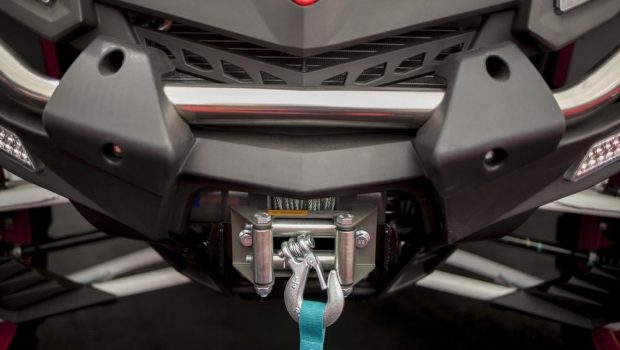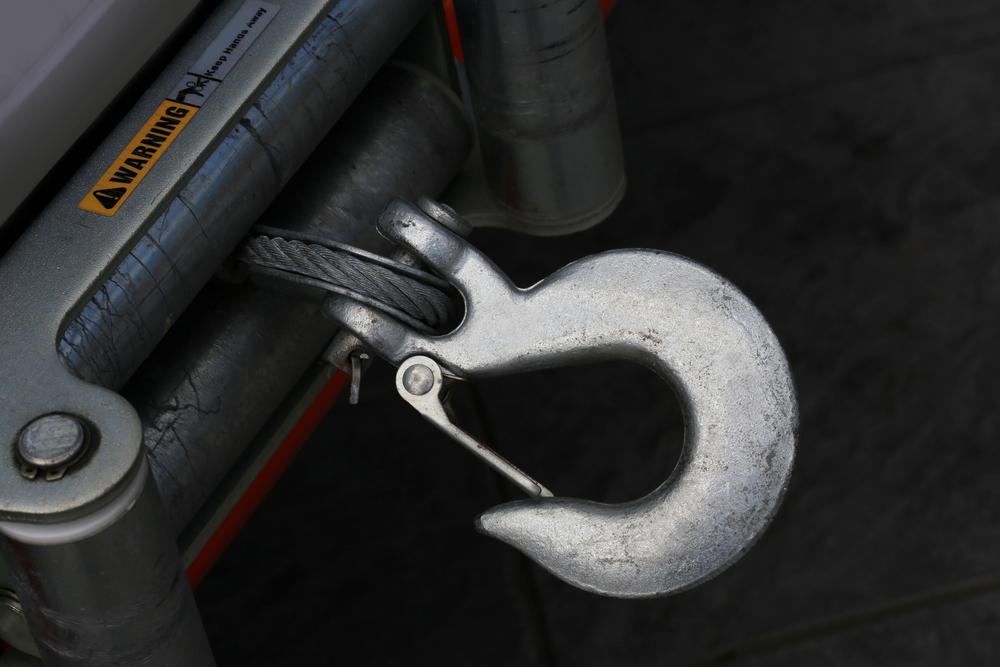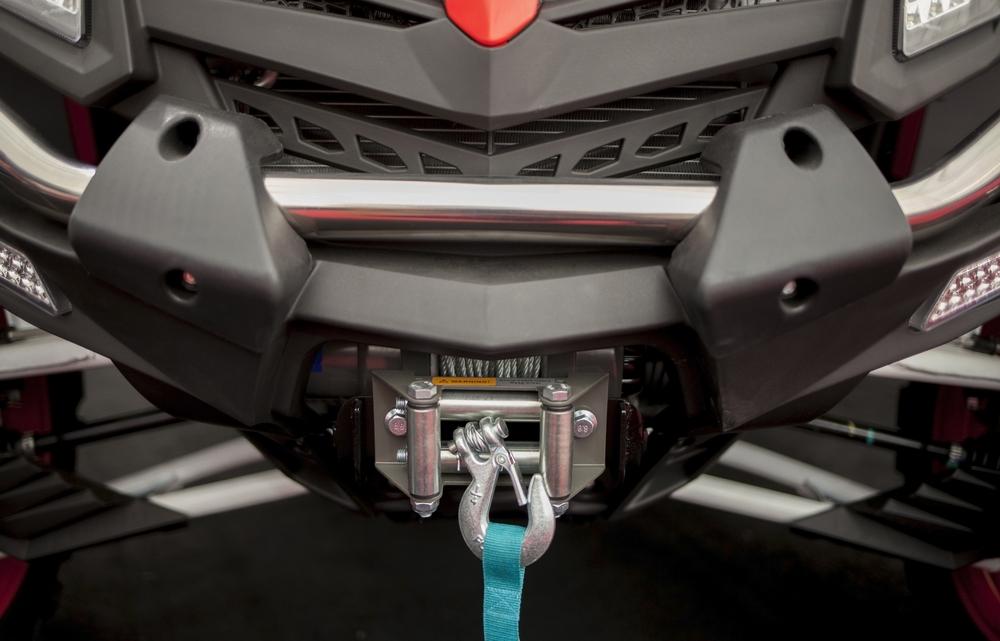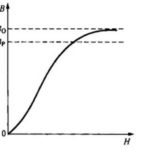Practical Use Of The Winch System
Winch mounted on a vehicle is the one thing any real wheeler is not likely to skip. Winches save you lots of time and money when you’re trapped somewhere in the mountains or swamp areas. They can pull almost any stuck vehicle out of mud, sand, and water. You name it, it pulls. Many 4×4’s are by default, equipped with a winch. This is one of the favorite tools of Paris-Dakar rally.
When Can We Use The Winch System?
During the years, many manufacturers told you how to use the winch when you are in the wilderness, stuck somewhere or just have to tow something out, but if you read those articles closely, you’ll see that the word safety comes out in almost every paragraph. This is simply because the forces that winches create are incredible. Moving a log or another vehicle is not easy. But this is just one of the reasons. If a winch can move a car from a thick mud, imagine what the speed of the line would be when it brakes. You must not forget a winch line braking in the middle of pulling something can behead a man in a matter of seconds. Accidents can always happen when you operate with things that are stressed.
Types Of Winch
By the site Mygaragestory.net, there are two widely available types of winches, hydraulic and electrical. An electric winch is a part of an electrical system of a vehicle which generates power. This type of winch can be easily installed. It can be found in all sizes and sorts. The disadvantage of an electric winch is that it drains a lot of power and it can drain your battery which is why it is recommended for occasional use only.
The hydraulic winch gets its power from the power steering pump of the vehicle. The disadvantages are that it provides a longer pull time and complex installation. As such, there aren’t a lot of hydraulic winches available on the market.
Even if you have a winch, you need to be an expert in intensive driving. That will provide you the technique how to pull out a stranded car using a winch. Otherwise, a winch will not mean much in swamp areas.
Tips for Shopping a Winch
Winch mechanism is usually and by all standards made from steel, and you don’t have to worry about that. The controls are bound with the car power, and the car has to be on in order for the mechanism to work. In some expensive types of 4×4’s, you have an autonomous system installed in the car if the battery is dead. The main thing and the most important for safety is the line. Although it is made of steel, because of stress, it’s not unusual for it to break. Always check the line first before putting it to stress.
- The first thing to consider before purchase is the winch capacity. It’s very simple to determine the winch capacity for your 4×4. Simply multiply the gross vehicle weight by 1.5. That would represent your minimum winch capacity. But don’t forget, we calculated only the minimum winch capacity. If you, for example, want to pull your jeep out of mud, you would need a winch with a higher capacity.
- Next is the winch length. There is no rule with this. A longer winch line provides you a further reach, but it can also be easy for the cable to get jammed.
- Lastly, is the mount. The mount that you choose should be able to handle the pulling capacity, but besides that, you have to consider the weight of the winch and mount.
When you have already decided about all these things, the remaining things to consider are accessories and warranty. You may need gloves, hook straps and similar stuff. And about the warranty be careful because winches warranty coverage can sometimes refer only to a few months to several years. But this is not the deciding factor. Usability and functionality are in the first place.
Bottom Line
If you are in love with nature, rugged outdoors, mountains and dangerous drive paths, a winch is one vehicle accessory you should have. Sometimes this can save you from a long wait, and sometimes it can save your life. This especially applies to those who have four-wheelers primarily because they prefer the fierce landscapes.


















